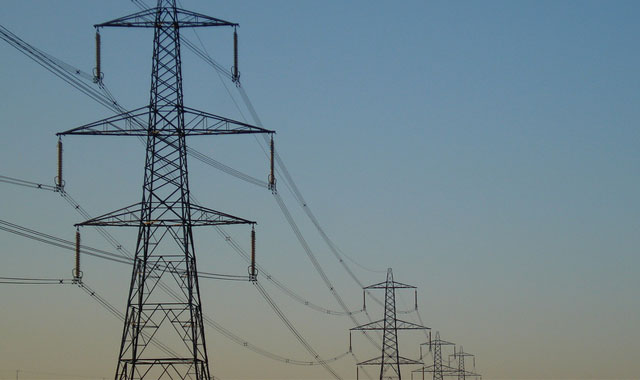
Eskom will know by the end of the month whether it needs to increase its electricity tariffs, it said on Thursday. In a statement, the state-owned enterprise said it was awaiting a determination from the National Energy Regulator of South Africa (Nersa).
It asked Nersa last year to evaluate and approve the regulatory clearing account (RCA) balance for its previous multi-year price determination control period, between 1 April 2010 and 31 March 2013.
The RCA is a regulatory mechanism that allows Eskom to adjust for over or under recovery of revenue, as initial price determinations are based on projections and assumptions.
Nersa subjects these variances to a prudency review. If the variance of the RCA balance is less than 2%, no action is taken in that year. If the variance is between two and 10 percent, tariffs are adjusted. If it’s more than 10%, it is recommended that affected parties be consulted in a formal process.
Eskom said customers could see an increase or decrease in the price of electricity as a result of its submission.
“Such mechanisms are a common feature in electricity regulation worldwide, especially where the generation sector is regulated,” said Eskom acting CEO Collin Matjila.
Eskom would keep all parties informed of any developments. The adjustment was likely to take place from 1 April next year.
Last year, Eskom applied to Nersa to increase its tariffs by 16% for the period 1 April 2013 to 31 March 2018. Nersa granted five yearly increases of 8%.
Eskom had stated for some time that the lower-than-expected increase left it with a R225bn shortfall between 2013 and 2018.
Public enterprises minister Malusi Gigaba welcomed the increase ruling a few months after it was announced, but said it presented problems Eskom would need to deal with.
“We are studying it in detail, because we need to understand what will happen to Eskom’s operations through the build programme over the next five years,” he said at a Cape Town Press Club breakfast at the time.
Last month, Eskom released a statement assuring the nation that its cash flow was “very stable”.
The power utility said it managed its cash flow responsibly, and always made sure it had sufficient liquidity. — Sapa




